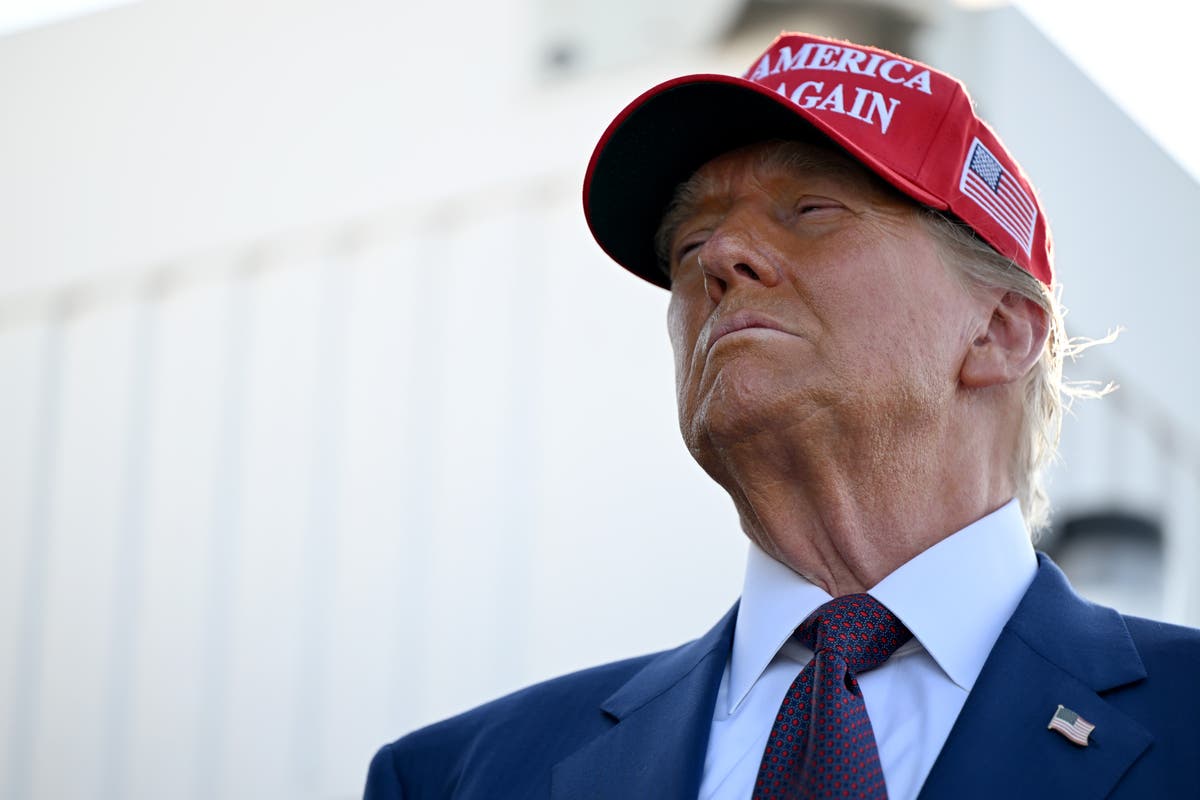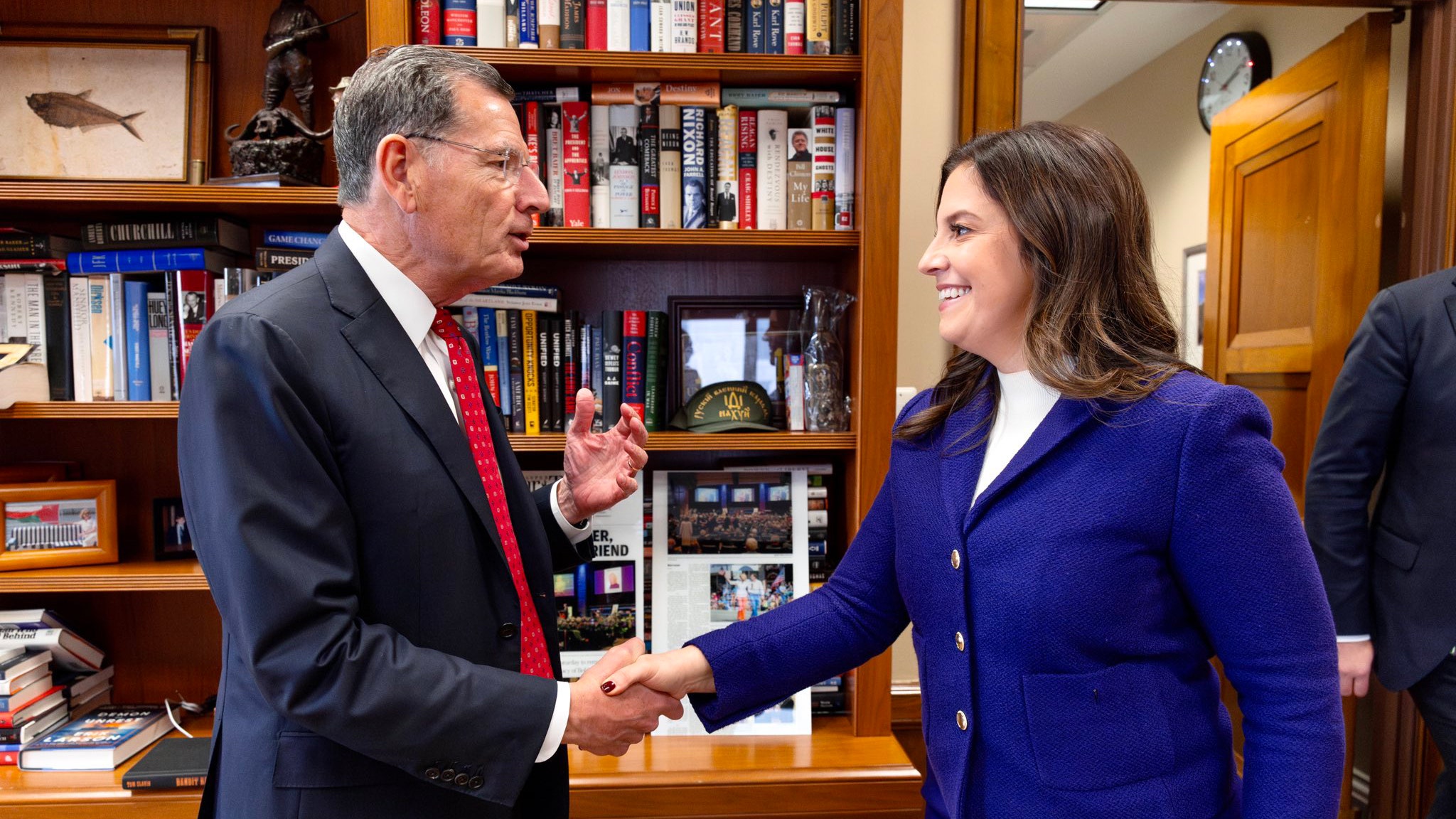World
Other US presidents who decided against second term – and those who suffered much more abrupt ends

Joe Biden has pulled out of the 2024 presidential race.
On Sunday, the US president announced that he will no longer be seeking a second term and has thrown his support behind Kamala Harris to take on Republican nominee Donald Trump.
The 81-year-old’s decision follows months of speculation over his age and fitness to serve another four years.
After a disastrous debate performance and a series of high-profile gaffes, including mistakenly referring to Ukrainian President Volodymyr Zelenskyy as “President Putin”, Biden has conceded to the calls within his own party to step aside.
Biden is not the only incumbent president who has decided not to run for a second term.
Follow live: Biden endorses Harris for White House after quitting race
Harry S Truman (president 1945-1953)
Truman took over as president following the death of Franklin D Roosevelt in 1945.
The 33rd president of the US led the country through the end of the Second World War and authorised the atomic bombings of Hiroshima and Nagasaki.
Truman is known for implementing the Marshall Plan that aimed to restore the economy of Western Europe after the war, and establishing the Truman Doctrine and NATO.
He also presided over the onset of the Cold War.
Although winning the presidency in his own right in 1948, Truman decided against running for a second term amid low approval ratings in the polls.
In 1952, he announced he would not stand and added: “I have served my country long, and I think effectively and honestly.”
Truman died in 1972 at the age of 88.
Lyndon B Johnson (president 1963-1969)
Johnson took over as president in 1963 following the assassination of President John F Kennedy.
He was sworn into office in a conference room aboard Air Force One – the only president to take the oath of office on a plane.
Although only a one-term president after winning the 1964 election, Johnson served a total of six years in office.
In 1968, with the Democratic primary already under way, the 36th president of the US told Americans: “I shall not seek, and I will not accept, the nomination of my party for another term as your president.”
His announcement came during a national address that focused on the unpopular Vietnam War.
The then president pledged to cease all US bombing of North Vietnam and would seek negotiations to end the conflict.
At the time, Johnson was suffering from ill health and low public approval ratings amid criticism over his handling of the war.
Johnson died of a heart attack at the age of 64 in 1973.
Other US presidents who decided not to seek a second elected term include:
• James K Polk – 11th president (1845-1849)
• James Buchanan – 15th president (1857-1861)
• Rutherford B Hayes – 19th president (1877-1881)
• Calvin Coolidge – 30th president (1923-1929)
Read more:
As Joe Biden steps aside, who will replace him?
Trump calls Biden ‘the worst president in the history of the United States’
Other presidencies have been brought to a much more abrupt end – at the hands of assassinations.
Abraham Lincoln (president 1861-1865)
Lincoln, the 16th president of the US, was the first ever to be assassinated after being shot in the head by John Wilkes Booth on 14 April 1865.
The American Civil War was over and the Republican had the task of reuniting and rebuilding a divided nation without slavery.
One evening, he was watching the popular comedy Our American Cousin at Ford’s Theatre in Washington DC with his wife Mary Todd Lincoln, when Booth snuck into the presidential box and shot him in the back of the head.
Booth leapt from the box and yelled “sic semper tyrannist!” – the Virginia state motto meaning “thus always to tyrants” – at the audience.
Lincoln was taken to a house across the street from the theatre for medical treatment. He died the next morning at the age of 56.
His support for black rights has been cited as a motive behind the killing. Two years before the shooting, President Lincoln had issued the Emancipation Proclamation granting freedom to slaves within the Confederacy.
Booth was shot and killed on 26 April 1865, after he was found hiding in a barn near Bowling Green, Virginia.
James Garfield (president 1881)
Garfield was the second president to be assassinated – by a disgruntled Republican constituent – six months after taking office, while walking through Baltimore and Potomac train station in Washington on 2 July 1881.
The former Union general and Ohio congressman, who became the 20th US president, was on his way to catch a train to New England when he was shot by Charles Guiteau.
Guiteau fired two shots at the president – one grazed his right arm, the other struck him in the lower back.
Alexander Graham Bell, the inventor of the telephone, tried unsuccessfully to find the bullet lodged in President Garfield using a device he designed specifically for the president.
The mortally wounded president lay at the White House for several weeks and died in September after he was taken to the New Jersey shore.
Guiteau was found guilty and executed in June 1882.
William McKinley (president 1897-1901)
McKinley, the 25th president of the US, was shot six months after the inauguration of his second term.
He had just given a speech in Buffalo, New York, on 6 September 1901 and was shaking hands with people passing through a receiving line outside the Temple of Music when a man fired two shots into his chest at point-blank range.
Doctors had expected President McKinley to recover – but gangrene then set in around his bullet wounds and brought on a severe case of blood poisoning. He died eight days later on 14 September 1901, with his wife Ida by his side.
Leon F Czolgosz, an unemployed Detroit resident and self-proclaimed anarchist, admitted to the shooting.
The 28-year-old was found guilty at trial and put to death in the electric chair on 29 October 1901.
John F Kennedy (president 1961-1963)
The assassination of President John F Kennedy is perhaps the most famous of all time.
The 46-year-old was fatally shot by hidden assassin Lee Harvey Oswald who was armed with a high-powered rifle.
The 35th president was travelling through Dallas, Texas, in an open-topped car with his wife Jackie on 22 November 1963.
Shots rang out as the president’s motorcade turned past the Texas School Book Depository at Dealey Plaza as crowds lined the streets.
President Kennedy was shot in the neck and head and was rushed to Parkland Memorial Hospital, where he died soon after.
He was succeeded by vice president Johnson.
Hours after the assassination, police arrested Oswald after finding a sniper’s perch in the Texas School Book Depository.
Two days later, Oswald was being taken from police headquarters to the county jail when Dallas nightclub owner Jack Ruby rushed forward and fatally shot him on live TV.
















